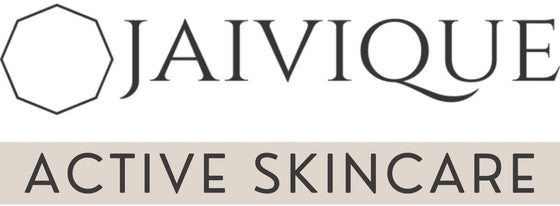Acne and pimples are common skin conditions that can cause a lot of frustration and embarrassment. They can appear on any part of the body but are most commonly found on the face, chest, and back. If you are struggling with acne and pimples, this go-to guide will provide you with all the information you need to understand and treat these conditions.
What causes acne and pimples?
Acne and pimples are caused by the overproduction of sebum, an oily substance that is produced by the sebaceous glands in the skin. When the pores in the skin become clogged with dead skin cells, bacteria, and sebum, it can lead to the development of acne and pimples.
Hormonal changes are also a common cause of acne and pimples. This is why teenagers and young adults are more prone to developing these conditions. Hormonal changes can increase the production of sebum, which can lead to the development of acne.
Stress, poor diet, and genetics can also play a role in the development of acne and pimples.
What are the symptoms of acne and pimples?
The most common symptoms of acne and pimples include the presence of blackheads, whiteheads, pimples, and cysts on the skin. These can be accompanied by redness, inflammation, and pain. Acne can also lead to scarring and pigmentation issues.
What are the different types of acne and pimples?
Acne and pimples can be classified into different types based on their appearance and severity. The most common types of acne and pimples include:
Blackheads: Blackheads are small, dark-colored bumps that appear on the skin. They are caused by the buildup of oil and dead skin cells in the pores.
Whiteheads: Whiteheads are small, white-colored bumps that appear on the skin. They are caused by the buildup of oil and dead skin cells in the pores.
Papules: Papules are small, red bumps that are tender to the touch. They are caused by inflammation of the hair follicles.
Pustules: Pustules are similar to papules, but they contain pus. They are also tender to the touch.
Nodules: Nodules are large, painful bumps that are located deep beneath the surface of the skin. They are caused by the buildup of oil and bacteria in the hair follicles.
Cysts: Cysts are large, pus-filled bumps that are located deep beneath the surface of the skin. They are caused by the buildup of oil and bacteria in the hair follicles.
How can acne and pimples be treated?
There are several treatment options available for acne and pimples. The most common treatments include:
Over-the-counter creams and gels: Many over-the-counter creams and gels contain salicylic acid or benzoyl peroxide, which can help to unclog pores and reduce inflammation. These products are often used to treat mild to moderate acne.
Prescription medications: In severe cases of acne, a dermatologist may prescribe antibiotics, retinoids, or other medications to reduce inflammation and clear up the skin.
Chemical peels: Chemical peels use acids to exfoliate the skin and remove dead skin cells, which can help to unclog pores and reduce acne.
Laser and light therapy: Laser and light therapy can help to kill bacteria on the skin and reduce inflammation, which can help to clear up acne and pimples.
Prevention of Acne and Pimples
There are several steps you can take to prevent acne and pimples from developing, including:
Keeping your skin clean: Wash your face twice a day with a gentle cleanser to remove oil and dirt from your skin.
Avoiding touching your face: Touching your face can transfer bacteria and oil from your hands to your face, which can lead to the development of acne and pimples.
Eating a healthy diet: Eating a diet rich in fruits, vegetables, and whole grains can help to promote healthy skin.
Managing stress: Stress can lead to the production of hormones that can cause acne, so it's important to manage your stress levels.
In conclusion, acne and pimples can be frustrating, but there are several treatment options available to clear up your skin. By taking steps to prevent acne from developing and seeking treatment when necessary, you can achieve clear, healthy-looking skin.



